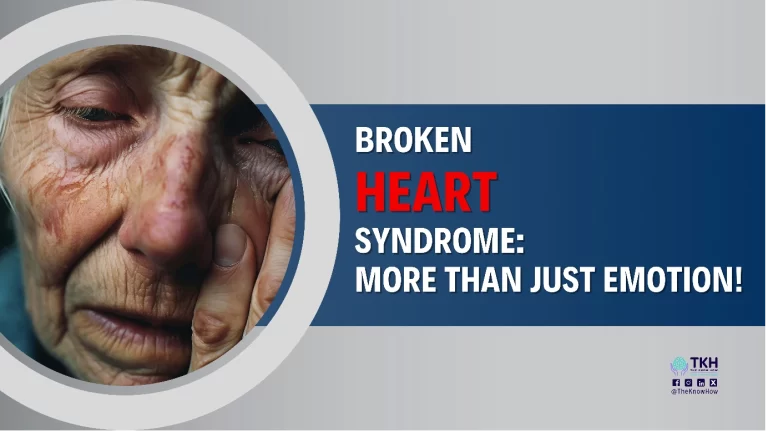
AI in Healthcare – Promises and Risks
Artificial intelligence (AI) refers to computer systems designed to perform tasks that typically require human intelligence, such as pattern recognition, decision-making, and language understanding. In healthcare, AI encompasses a range of technologies, including machine learning (ML), deep learning, and natural language processing, each with distinct capabilities and limitations.
Understanding AI Models and Learning Approaches
AI models can be broadly categorized by their learning approach. Supervised learning involves training algorithms on labeled data, where the correct output is known (e.g., classifying medical images as benign or malignant). This approach is widely used in diagnostic imaging, such as AI systems that detect diabetic retinopathy or cancer on radiographs. Unsupervised learning, in contrast, identifies patterns or clusters in unlabeled data, useful for discovering disease subtypes or patient risk groups without predefined categories. There are also semi-supervised and reinforcement learning models, but supervised and unsupervised learning remain the most common in clinical applications.
Data Quality: The Backbone of Trustworthy AI in Healthcare
The quality and representativeness of data used to train AI models are critical. High-quality, diverse, and well-annotated datasets are essential to ensure that AI systems generalize well to real-world clinical populations. Poor data quality or biased datasets can lead to inaccurate predictions and perpetuate health disparities, as models may underperform in underrepresented groups or in settings different from the training environment. For example, an AI model trained only on data from one hospital or demographic may not perform reliably elsewhere, raising concerns about equity and safety.
Practical Applications: How AI Improves Radiology, or Administration
Practical applications of AI in healthcare are diverse. In radiology, AI algorithms assist in image interpretation, flagging abnormalities for review and reducing diagnostic errors, especially in high throughput screening tasks when doctors need to check many usually normal images for many hours every day. The advantage: AI is not getting tired at the end of a long working day.
Predictive analytics models use electronic health record data to forecast patient deterioration or readmission risk, supporting early intervention. Administrative AI streamlines scheduling, billing, and resource allocation, improving efficiency. Wearable devices with AI-driven analytics enable continuous patient monitoring and early detection of arrhythmias or other health events in their real-life surroundings.
Challenges and Pitfalls: Ensuring Safe, Equitable AI Integration
Despite these benefits, AI in healthcare presents pitfalls. Models may fail when exposed to data that differ from their training set (the “out-of-distribution” problem), leading to erroneous outputs. Algorithmic bias, lack of transparency (“black box” models), and data privacy concerns are significant challenges. Regulatory oversight, clinician training in AI literacy, and robust validation in diverse clinical settings are necessary to ensure safe and effective integration.
In summary, AI offers substantial promise for improving diagnosis, treatment, and healthcare operations, but its success depends on high-quality data, careful model validation, and ongoing human oversight to mitigate risks and ensure equitable care.
References AI in Healthcare Used for this Blog
AI in healthcare: definitions, technologies, and applications
- Sahni NR, Carrus B. NEJM. 2023;389(4):348-358. doi:10.1056/NEJMra2204673
- Alowais SA, Alghamdi SS, Alsuhebany N, et al. BMC Med Educ. 2023;23(1):689. PMID: 37740191
- Rajpurkar P, Chen E, Banerjee O, Topol EJ. Nat Med. 2022;28(1):31-38. PMID: 35058619
- Fahim YA, Hasani IW, Kabba S, Ragab WM. Eur J Med Res. 2025;30(1):848. PMID: 40988064
- von Conta J, Engelke M, Bahnsen FH, et al. Bundesgesundheitsblatt. 2025. PMID: 40560227
AI learning approaches (supervised, unsupervised, etc.) and clinical applications
- Avanzo M, Stancanello J, Pirrone G, et al. Cancers. 2024;16(21):3702. PMID: 39518140
- Rajpurkar P, Lungren MP. NEJM. 2023;388(21):1981-1990. doi:10.1056/NEJMra2301725
Data quality, bias, and generalizability in AI models
- Polevikov S. Clin Chim Acta. 2023;548:117519. PMID: 37595864
- Haug CJ, Drazen JM. NEJM. 2023;388(13):1201-1208. doi:10.1056/NEJMra2302038
Practical applications in radiology and administration
- Miller DD, Brown EW. Am J Med. 2018;131(2):129-133. PMID: 29126825
- Rajpurkar P, Lungren MP. NEJM. 2023;388(21):1981-1990. doi:10.1056/NEJMra2301725
- Avanzo M, Stancanello J, Pirrone G, et al. Cancers. 2024;16(21):3702. PMID: 39518140
Your Health Matters!
AI in Healthcare – Promises and Risks
Purple Lights for #WorldPancreaticCancerDay!
AMR- Act Now: Protect Our Present, Secure Our Future!
Quality Care: Doing the Necessary, Reducing Waste
Lung cancer
Reaching the Last Child – Together We End Polio Forever
World Arthritis Day – Understanding, Preventing, and Managing Joint Pain
World Mental Health Day 2025: When Crises Strike, Mental Health Must Not Be Left Behind
Memorable Cardiology Quotes
Don’t Miss a Beat: Protect your heart!
Polycystic Ovary Syndome (PCOS): Know the signs, take action!
Related Posts
- Leprosy – What Do you Know About?
Leprosy is a curable disease that still affects thousands worldwide. Early detection and treatment can…
- Dengue Fever: Symptoms, Risks, and Prevention Tips
Dengue fever is a mosquito-borne illness with serious symptoms and risks. Learn to recognize the…
- World No Tobacco Day – Protecting the youth
World No Tobacco Day 2024 aims to protect young people from the tobacco industry’s manipulative…






